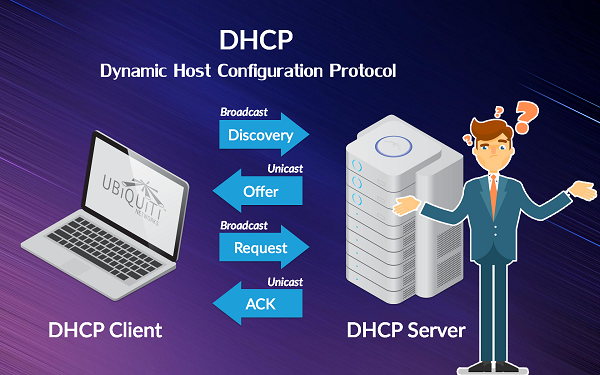 |
| Advanced way in Linux |
1-Learn how to managing users and groups :
when you need to setup an Linux server in a office or what ever , you must managing your users that enter your Linux Server by adding for him some permission and collect them in a group and more stuff you can do we will cover all this thinks .
some command you will use : useradd , usermod , groupadd , groupmod , gpasswd , passwd , and more .
some command you will use : useradd , usermod , groupadd , groupmod , gpasswd , passwd , and more .
when you setup a linux Server and you creat a users and group and you config them as you want this users will creat files and directories so you need to add some permission to add some security layer to your Server you can share a file and specify who can read and who can delete and more
some command you will need :
1-basic Permission : chmod ,chown ,ls -l
2-ACL : setfacl ,getfacl
Many administrators work with servers that are not physically accessible. To manage these servers, Secure Shell (SSH) is normally used. On modern Linux distributions, Secure Shell is the common method to gain access to other machines over the network. In SSH, cryptography is used to ensure that you can be sure that you are connecting to the intended server. Also, traffic is encrypted while transmitted.
4-Configuring Network :
 |
| Linux Networking |
Networking is one of the most essential items on a modern server. so as an administration Linux Server you must know how to config Linux server network , how to manage packet tcp/udp and how to add interface ip and DCHP , DNS , Routing , NAT
5-Managing Packages
 |
| Managing Packages |
simply package management is a method of installing and maintaining (which includes updating and probably removing as well) software on the system.
In the early days of Linux, programs were only distributed as source code, along with the required man pages, the necessary configuration files, and more. Nowadays, most Linux distributors use by default pre-built programs or sets of programs called packages, which are presented to users ready for installation on that distribution. However, one of the wonders of Linux is still the possibility to obtain source code of a program to be studied, improved, and compiled.
6-Managing Partitions
 |
| Managing Partitions |
Working with storage is an important task for a Linux administrator. so you acquire the first set of essential storage skills. You must learn how to create and manage partitions, format them with the file system you need to use, and mount these file systems
7-configuration of HTTP,SMTP,FTP Server:
if you have a company website you need to setup this website in an HTTP server such Apache or what ever and link him with an SMTP server for send email to clients then FTP server to store data of the users and such more think you can do .
------------------------------------------------------------------------------------------------------------------------------------------------------
Linux is a big world so we can't talk about all this technologies , in one blog , so for that i will give you a book for go deeper in this thinks this book is for REDHAT certification was written by Sander Van Vugt
if get some idea pleas share this blog with your family and friends or just give us an motivated comment for keep going .
All love From Freetechways Family









0 Comments